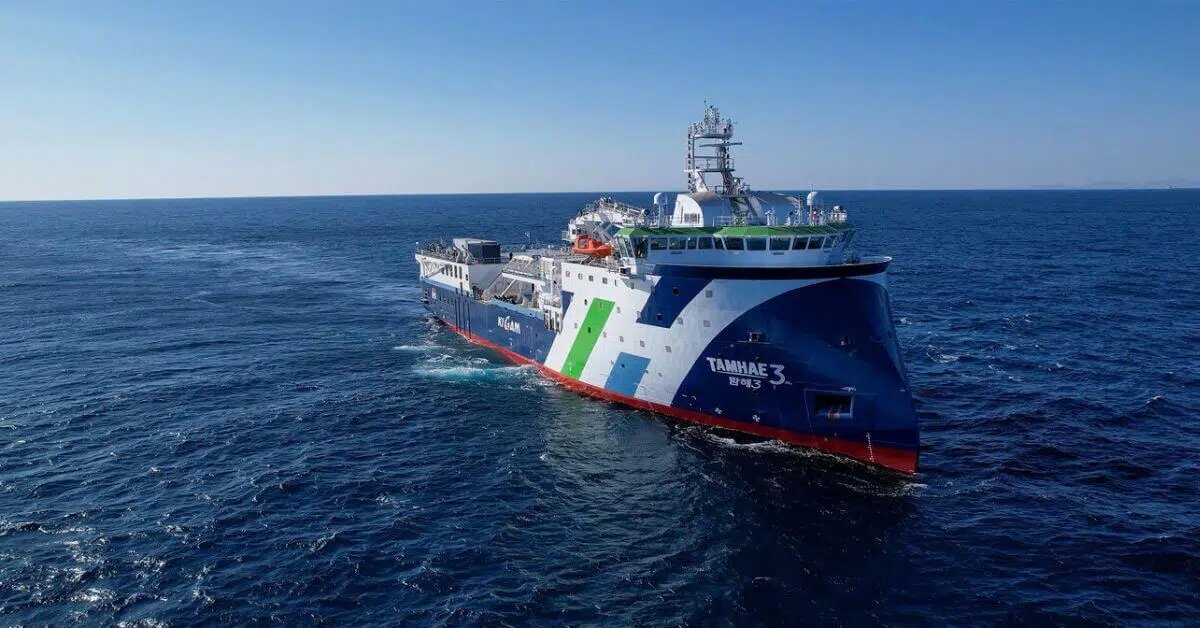Apr 27, 2025 (Bloomberg) –Iranian authorities on Sunday were still working to control fire and smoke unleashed by yesterday’s explosion at a key commercial port in the country’s south that state media said left 40 people dead and more than 1,200 injured.
Some cargo operations resumed after activities were halted and the area was evacuated in the initial aftermath, according to Iran’s roads minister, Farzaneh Sadegh, who flew to the site in the city of Bandar Abbas to oversee investigations into the cause of the incident. Iranian President Masoud Pezeshkian also traveled to the city, in the southern Hormozgan Province, on Sunday.
The government has declared Monday a national day of mourning.
Saturday’s blast ripped through the Shahid Rajaee port, sending shockwaves across nearby towns and cities. The disaster recalled memories of adeadly combustionfive years ago in the Port of Beirut that was triggered by a store of highly flammable ammonium nitrate.
Russian President Vladimir Putin ordered the dispatch of emergency personnel to help in fighting the fire, following a request from Iran, according to Tass, which cited the Russian embassy in Tehran. Russia’s emergencies ministry said it would send two Beriev Be-200Chs aircraft and an Ilyushin Il-76 plane, the ministry said in anupdatedTelegram statement on Sunday.
Hossein Sajedinia, head of the country’s crisis management organization, told state TV that the fire was expected to be extinguished by nighttime, as crews from several provinces were mobilized to bring it under control.
A spokesman for Iran’s crisis management organization didn’t rule out sabotage, the semi-official Iranian Labour News Agency said, although he suggested the explosion was likely caused by negligence, citing previous warnings about poor inspections and material maintenance at the port.
The Iranian port’s customs office indicated the incident may have been sparked by dangerous chemicals stored in the area, although it didn’t specify the materials or what might have ignited them. Initial reports blamed poor safety standards.
The Associated Press cited a possible link to a recent shipment of rocket fuel from China intended to replenish Iran’s missile stocks, which have been depleted by the country’s attacks on Israel in the course of its war with Hamas in Gaza.
Iran’s defense ministry appeared to deny that report, with a spokesman stating on national television on Sunday that no cargo with military applications had been present within the fire zone.
“The public can rest assured that, whatever the cause of the incident, we will announce it,” Interior Minister Eskandar Momeni said on state television. “We will take action against those responsible and anyone who was negligent.”
Local media reported a series of smaller explosions overnight that spread the fire to multiple cargo containers at the port. The semi-official Tasnim news agency reported a fresh flare-up on Sunday following a new explosion at the containers, with strong winds and intense heat complicating the situation.
Unverified mobile footage appearing to show the initial explosion displayed intense flames and billowing orange smoke, originally concentrated at a single point, followed by a massive blast. Additional video captured the shockwaves sweeping across the area.
The incident occurred as Iranian and US officialsgathered in Muscat, south of the Gulf of Oman, on Saturday to negotiate a new deal on the Islamic Republic’s nuclear program. Both sides reported progress and agreed to meet again soon in Europe, although readouts indicated that substantial work remains to be done.
Shahid Rajaee, one of the largest commercial ports in the region, is a vital hub for Iran’s trade, handling more than half of the country’s exports and imports that are shipped by sea, according to the state-run Islamic Republic News Agency.
It also holds strategic importance, sitting on the Strait of Hormuz, a key waterway for about 26% of global oil trade. It’s connected to Iran’s national rail and road networks, linking maritime trade to the country’s industrial centers and serving as a transit route for exports through Iran’s borders.






